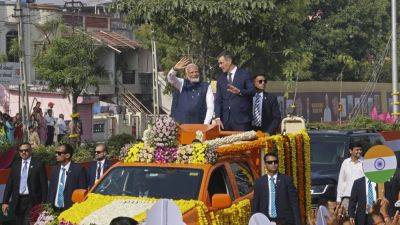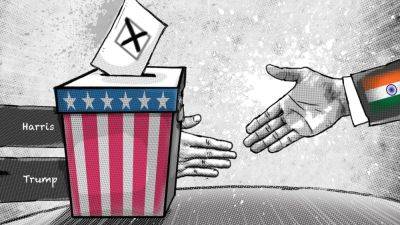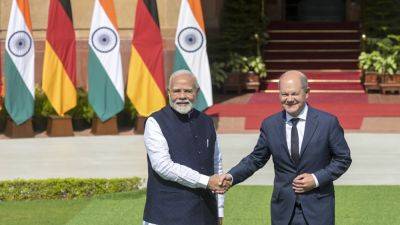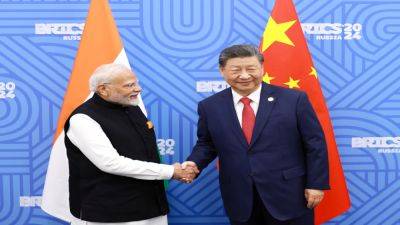Why Modi’s shifting India away from US toward China
India and China have recently agreed to disengage from their prolonged border standoff in the western sector of the India-China Himalayan border on the sidelines of 16th BRICS summit. Tensions have simmered since June 15, 2020, after 20 Indian and an unknown number of Chinese soldiers were killed in a high-mountain clash.
China’s main grievance with India emerged after Prime Minister Narendra Modi came to power and began strengthening ties with the United States. India started signing agreements that effectively designated it as a US partner and ally in South Asia.
China perceived this as part of Washington’s broader “China containment policy,” which was central to former President Barack Obama’s “Pivot to Asia” strategy during his second term. In response, China sought to pressure India, aiming to keep it from becoming too closely aligned with the US.
On August 29, 2016, India signed an adapted version of the Logistics Exchange Memorandum of Agreement (LEMOA) with the US. In response, China ramped up pressure on India, particularly at the Doklam tri-junction, where the borders of Bhutan, China and India converge.
In an effort to ease tensions, India’s then-foreign secretary, Subrahmanyam Jaishankar, visited Beijing and assured his Chinese counterparts that India was committed to resolving differences through a high-level mechanism.
This led to the first informal summit between Modi and Chinese President Xi Jinping in Wuhan, China, on April 27–28, 2018, where both leaders discussed and agreed on various issues to manage their differences.
Despite Modi’s assurances to China, India went ahead and signed another foundational agreement with the US — the Communications and Information Security Memorandum of Agreement (CISMOA)







